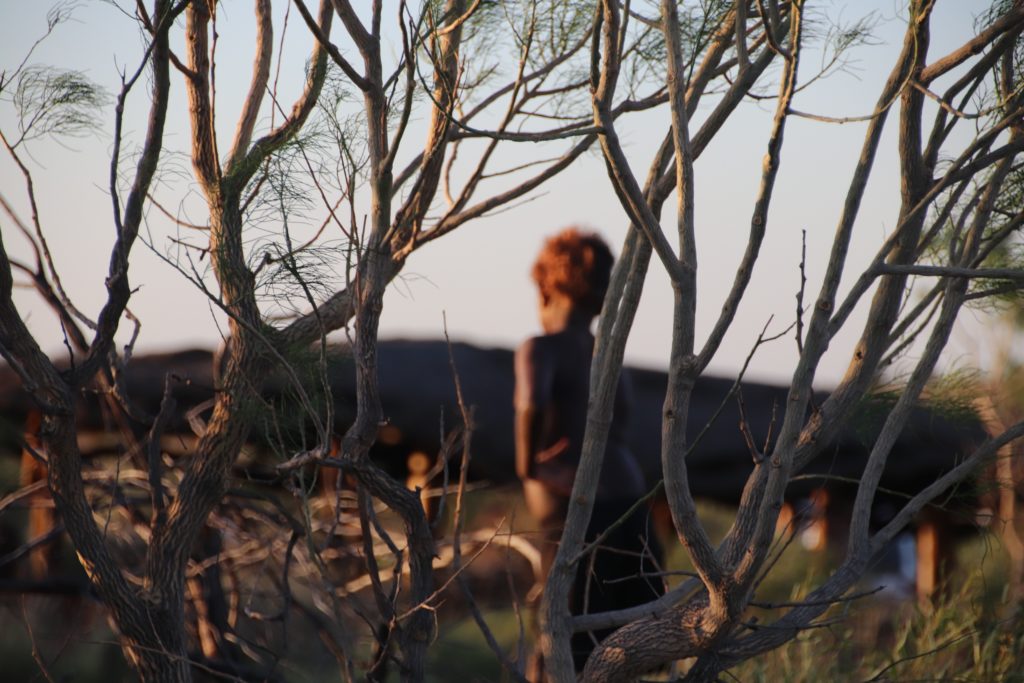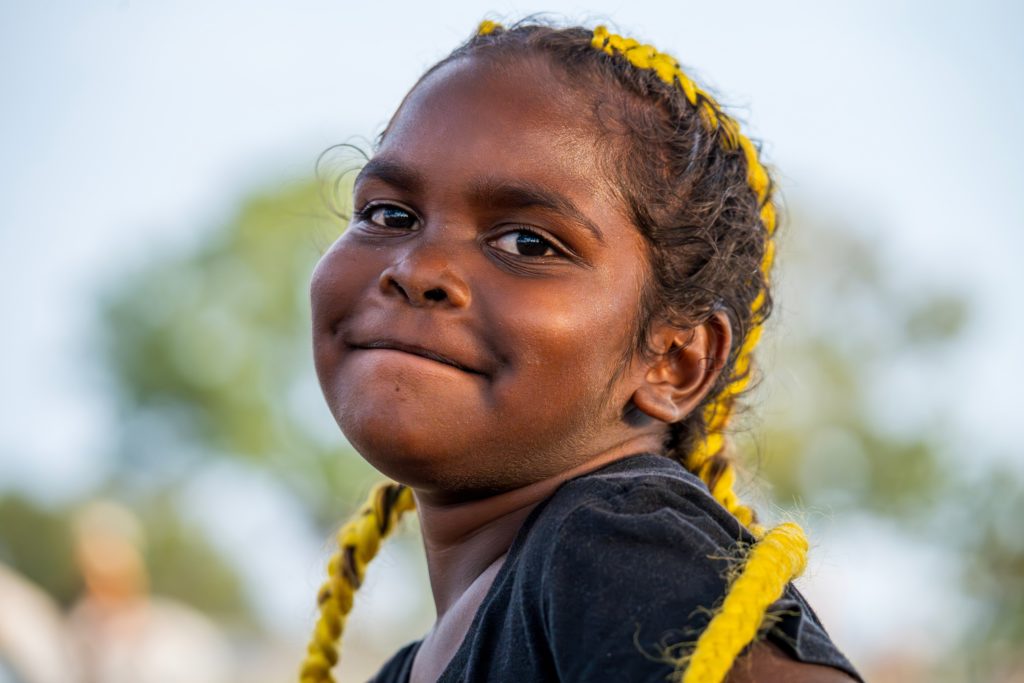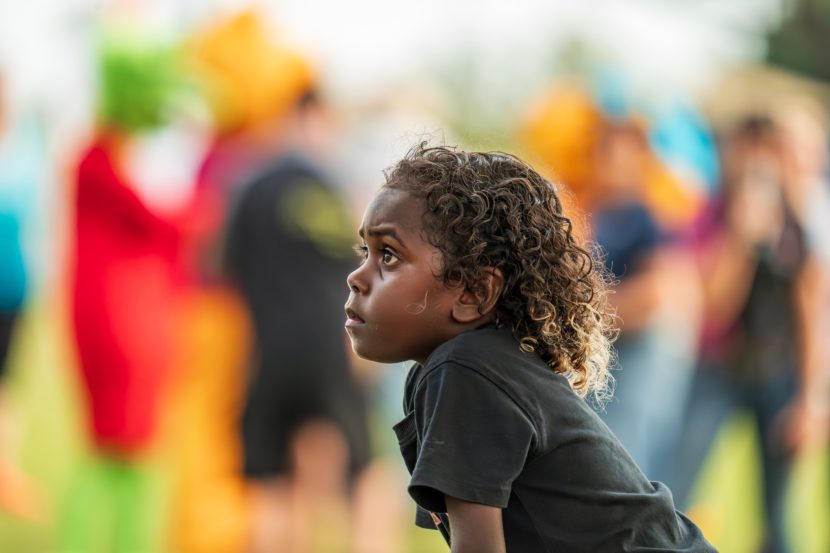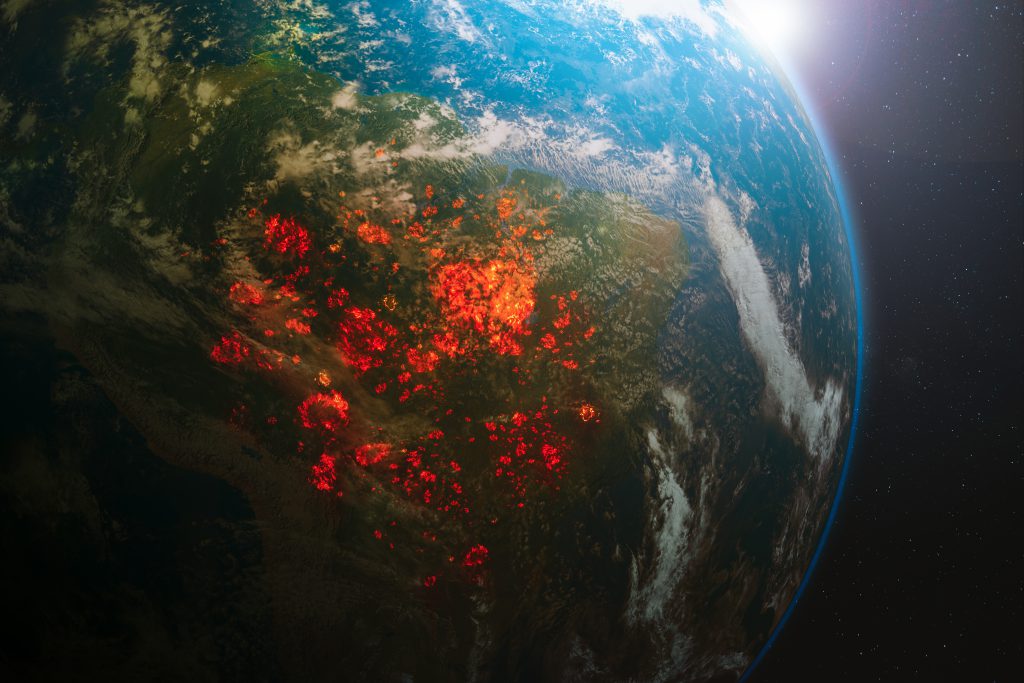Despite a national apology nearly two decades ago, Australia’s First Nations children are still being removed from their families of origin at alarming rates. In Western Australia, Aboriginal children make up only 7 percent of the child population but nearly 60 percent of those placed in out-of-home care. The government must urgently strengthen support for Aboriginal families through early intervention, legal assistance, and greater First Nations involvement, including the creation of a dedicated commissioner.
The Stolen Generations
Between 1910 and the 1970s, governments, churches, and welfare agencies in Australia forcibly removed many Aboriginal and Torres Strait Islander children from their families (Australians Together, n.d.). Estimates suggest that between one in ten and one in three Indigenous children were taken during this period (Allam, Collard, 2023), later known as the Stolen Generations (Australians Together, n.d.).
These removals were driven by assimilation policies aimed at absorbing Aboriginal people into white society, either through forced integration or the belief they would “die out” over time. Authorities targeted children, particularly those of mixed parentage, who were seen as more easily assimilated due to their lighter skin (Behrendt, 2012).
Children were placed in institutions, foster care, or adopted into non-Indigenous families. They were denied contact with their cultures and communities, often had their names changed, were forbidden from speaking First Nations languages (Behrendt, 2012), and were taught to reject their heritage. Many suffered harsh treatment, sexual abuse, and were falsely told their families were dead or had abandoned them (Allam, Collard, 2023).
The national apology and its significance
On 13 February 2008, Prime Minister Kevin Rudd delivered a formal apology to Australia’s Indigenous peoples, particularly the Stolen Generations, at Parliament House in Canberra. The Apology was presented as a motion to the Chamber and acknowledged that:
“We apologise for the laws and the policies of successive Parliaments and governments that have inflicted profound grief, suffering and loss on these our fellow Australians. We apologise especially for the removal of Aboriginal and Torres Strait Islander children from their families, their communities and their country. For the pain, suffering and hurt of these Stolen Generations, their descendants and for their families left behind, we say sorry.”
– Parliament of Australia
The Apology was a significant national moment, recognising the deep trauma caused by decades of systemic removal policies. However, as the ongoing overrepresentation of Aboriginal children in out-of-home care shows, the healing and reform process remains incomplete.
Aboriginal children are still removed from their families

Despite the acknowledgement of this discriminatory practice at the expense of the Aboriginal community, half a century after the Stolen Generations ended, other reasons are still causing Aboriginal Australians to have their children removed by child protection services at an alarming rate (Dellerba, 2024). According to a recent report published by Human Rights Watch, Western Australia’s child protection authorities are disproportionately removing children from Aboriginal families and placing them in out-of-home care (HRW, 2025).
The number of Aboriginal children in out-of-home care in Western Australia has skyrocketed over the past two decades. In 2003, 570 Aboriginal children were in out-of-home care, 35 percent of those in care. By 2023, this number had risen to 3,068 Aboriginal children, 59 percent. Western Australia has the highest rate of overrepresentation of Aboriginal children in out-of-home care of any state or territory in Australia, and Aboriginal children are more than 20 times more likely to be living in out-of-home care than non-Indigenous children (HRW, 2025).
“Child protection authorities are removing Aboriginal children from their families at shockingly high rates in Western Australia because of a system that focuses more on policing families than providing them with needed support. Separating children from their families inflicts lasting trauma and should only be an option of last resort.”
– Annabel Hennessy, Australia researcher at Human Rights Watch (HRW, 2025)
Why are Aboriginal children still being removed today?
Among the families interviewed, family and domestic violence were the most common reasons parents cited for why the Department of Communities had removed their child, followed by allegations relating to substance use. Others stated their homelessness, neglect allegations, their own incarceration, food insecurity, or physical violence allegations. A couple of parents referred to their children not attending school or failing to provide medical care as reasons (HRW, Report, 2025).
Of the 33 parents interviewed by Human Rights Watch, at least 25 said the Department of Communities had removed more than one child from their care (the average parent interviewed had three children removed). Of the 114 children the Department of Communities removed from the 33 parents interviewed, the most common placement was family care with at least 55 children placed with carers from their extended family.
The Department of Communities placed 35 children with foster carers, 7 in residential group homes, and one child with a disability in a hospice with a nurse. Most of the children removed had not been reunited with their parents, with only about 18 children of the 114 reunited (HRW, Report, 2025).
In cases in which the department had removed children from mothers due to family violence committed by their partners or ex-partners, instead of supporting them to leave domestic violence situations, often the women said they had received inadequate support from government services or government-funded services.
Homelessness and circumstances related to poverty are also factors in the Department of Communities’ decisions to remove children. Similarly, in these cases, families often had unmet needs and received inadequate accommodation support from the department (HRW, Report, 2025).
The lasting impact of child removal on families and communities
The removal of children from their families had devastating impacts on those who were taken as children, as well as their parents, families and their descendants (Australians Together, n.d.). The Stolen Generations survivors, their families and descendants have experienced greater disadvantage than both non-Indigenous Australians and other First Nations people who were not removed (Larkin, 2020).
The removal of First Nations children from their families caused lasting trauma. Many suffered abuse in state care or adoptive homes and were made to feel ashamed of their heritage, leading to a loss of cultural identity and connection to land and language (Australians Together, n.d.). They were often wrongly told that their parents were abusive, had died or had abandoned them, and they were not informed about their biological families.
Life in institutions was harsh. Children in the institutions were highly controlled, frequently punished harshly, cold and hungry and they received minimal, if any, affection. Children removed from their families generally received a very low level of education, as they were expected to work as manual labourers and domestic servants and received negligible, if any, payment for their services (Australians Together, n.d.).
For parents and family members, the trauma of child removal was equally devastating. Many never recovered from the grief of losing their children, with some succumbing to despair or turning to substance abuse in an attempt to cope (Australians Together, n.d.).
The pain of these separations often fractured entire family networks, with siblings being split apart and communities left grieving. Even today, many First Nations people continue to search for their lost relatives, carrying the emotional burden of disconnection and unable to break the cycle of intergenerational trauma that affects their community at large.
Parents’ fear of seeing support
Many Aboriginal parents described trying their best to provide for their children while facing relentless scrutiny instead of receiving support. Fear of triggering a child safety investigation prevented some from seeking financial assistance, housing, or medical care. At least 20 of the 33 parents interviewed were reliant on social security payments, yet many said they avoided asking for help because they feared it would lead to the removal of their children.
Some parents reported staying in abusive relationships or avoiding hospitals after incidents of domestic violence out of fear that authorities would blame them and take their children. A 2024 report by the Australian Council of Social Service found that 64 percent of people dependent on social security skipped meals or ate less to survive, underscoring the widespread hardship families face.
“Aboriginal families are struggling with unstable accommodation, yet a secure home – one of the most fundamental needs for a child to thrive – is denied to them. Instead of offering support to struggling families, the government’s approach is to remove children, causing more damage and deepening the wounds in our communities.”
– Marianne Headland Mackay, a Noongar woman and National Suicide Prevention and Trauma Recovery Project support coordinator (HRW, 2025)
Improving care and protecting children’s rights
The UN Guidelines for the Alternative Care of Children state that, as well as being a measure of last resort, the removal of a child from the care of the family should, wherever possible, be temporary and for the shortest duration. Removal decisions should be regularly reviewed, and the child’s return to parental care, once the original causes of removal have been resolved or have disappeared, should be in the best interests of the child (HRW, Report, 2025).
Promoting early interventions for struggling parents, raising community awareness about available state support, and training social workers in intercultural skills are essential steps toward a fairer and more effective system for First Nations children and the wider Australian community.
The Western Australian government should ensure that families have access to adequate support early, including access to legal representation. The government should guarantee that First Nations people are central to decision-making on child protection policy.
The state government should establish a commissioner to initiate inquiries and receive and determine individual complaints relating to Aboriginal children in out-of-home care (HRW, 2025). Finally, child protection laws should be amended to insert the Aboriginal and Torres Strait Islander Child Placement Principle 1 which ensures that the removal of a First Nations child from his/her family is a measure of last resort (Richards, 2024).
“The Western Australian government should urgently address and end these failed, punitive policies that result in removing Aboriginal children from their families and communities. A complete system overhaul is long overdue and should start with a new state commissioner for Aboriginal children and young people with powers to investigate out-of-home care complaints.”
– Annabel Hennessy, Australia researcher at Human Rights Watch (HRW, 2025)

As an NGO, Humanium is strongly committed to children’s rights to family globally. In our work, we raise awareness on critical topics and promote best practices to tackle those issues to improve the implementation of children’s rights around the world. If you want to support our work, please consider making a donation, volunteering or becoming a member.
Written by Arianna Braga
References:
Allam, Collard (2023). Who are the Stolen Generations and what has happened to them? Retrieved from The Guardian at https://www.theguardian.com/australia-news/2023/sep/07/who-are-the-stolen-generations-children-years-and-what-has-happened-to-them, accessed on 13 April 2025.
Arney, F. et al. (2015). Enhancing the implementation of the Aboriginal and Torres Strait Islander Child Placement Principle. Retrieved from Australian Institute of Family Studies at https://aifs.gov.au/resources/policy-and-practice-papers/enhancing-implementation-aboriginal-and-torres-strait-islander, accessed on 13 April 2025.
Australians Together (n.d.). The Stolen Generations – The forcible removal of First Nations children from their families. Retrieved from Australians Together at https://australianstogether.org.au/discover-and-learn/our-history/stolen-generations, accessed on 13 April 2025.
Behrendt, L. (2012). Indigenous Australia for dummies. Retrieved from Wiley Publishing Australia Pty Ltd.
Dellerba, I. (2024). Aboriginal Australian children are too often removed from their families. Retrieved from Le Monde at https://www.lemonde.fr/en/international/article/2024/05/09/aboriginal-australian-children-are-too-often-removed-from-their-families_6670912_4.html, accessed on 13 April 2025.
HRW (2025). Australia: Disproportionate Removal of Aboriginal Children. Retrieved from Human Rights Watch – HRW at https://www.hrw.org/news/2025/03/26/australia-disproportionate-removal-aboriginal-children, accessed on 13 Aprile 2025.
HRW, Report (2025). “All I Know Is I Want Them Home” – Disproportionate Removal of Aboriginal Children from Families in Western Australia. Retrieved from Human Rights Watch – HRW at https://www.hrw.org/sites/default/files/media_2025/03/australia0325%20web_0.pdf, accessed on 13 April 2025.
Larkin, S (2020). Addressing the gap within the gap. Retrieved from the Journal of Indigenous Wellbeing, vol. 5, issue 1 at https://journalindigenouswellbeing.co.nz/media/2024/05/Addressing-the-gap-within-the-gap.pdf, accessed on 13 April 2025.
Parliament of Australia (n.d). Apology to Australia’s Indigenous Peoples. Retrieved from Parliament of Australia at https://www.aph.gov.au/Visit_Parliament/Art/Icons/Apology_to_Australias_Indigenous_Peoples, accessed on 13 Aril 2025.
Richards, S. (2024). Aboriginal children ‘unnecessarily’ removed from families, communities in SA, report finds. Retrieved from ABC News Australia at https://www.abc.net.au/news/2024-06-05/aboriginal-children-and-young-people-report-south-australia/103936806, accessed on 13 April 2025.
- The Aboriginal and Torres Strait Islander Child Placement Principle was developed in recognition of the devastating effects of forced separation of Indigenous children from families, communities and culture. The Principle exists in legislation and policy in all Australian jurisdictions, and while its importance is recognised in many boards of inquiry and reviews into child protection and justice systems, there are significant concerns about the implementation of the Principle. Recent estimates suggest the Principle has been fully applied in as few as 13% of child protection cases involving Aboriginal and Torres Strait Islander children (Arney, 2015).
↩︎


